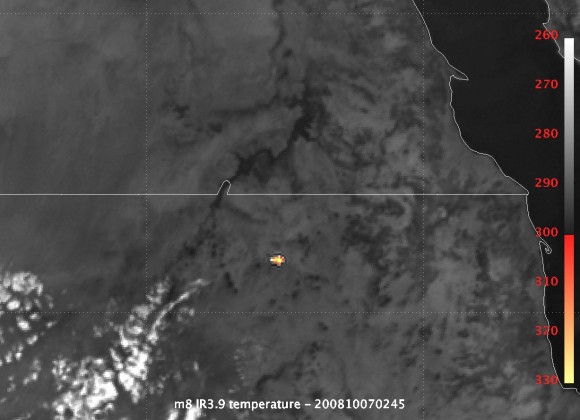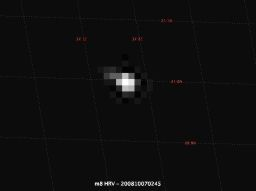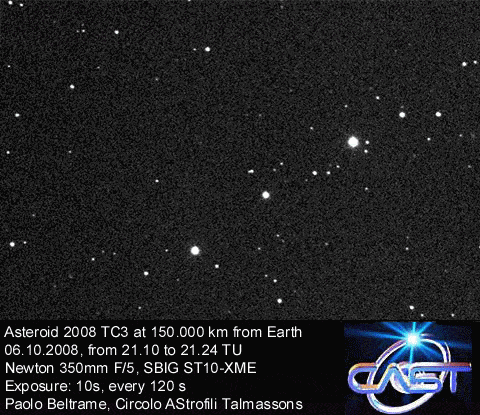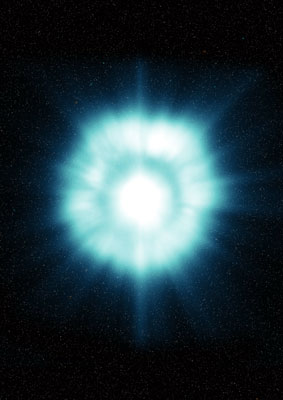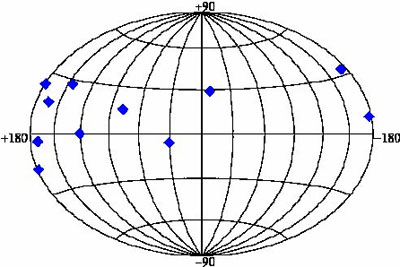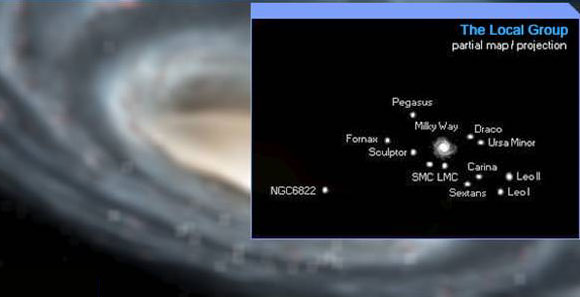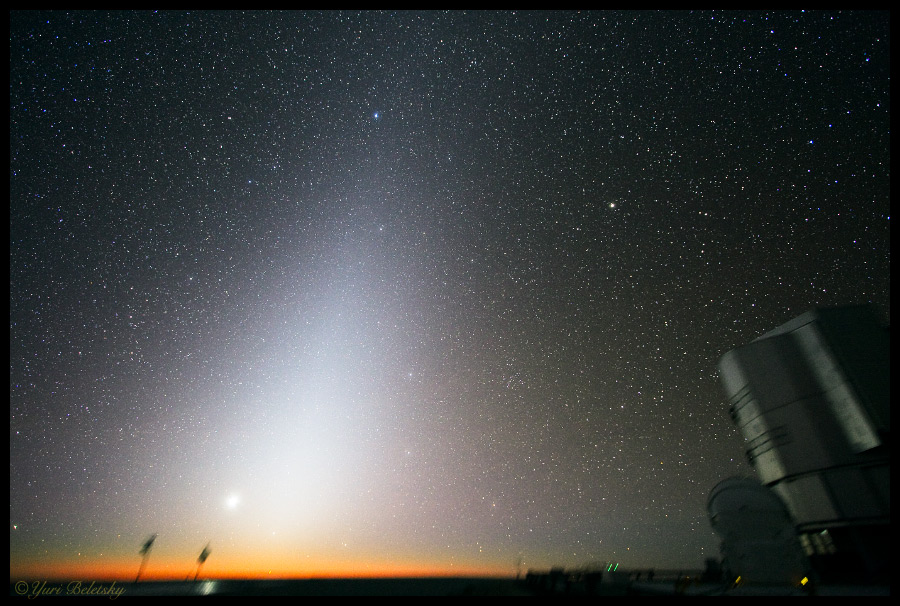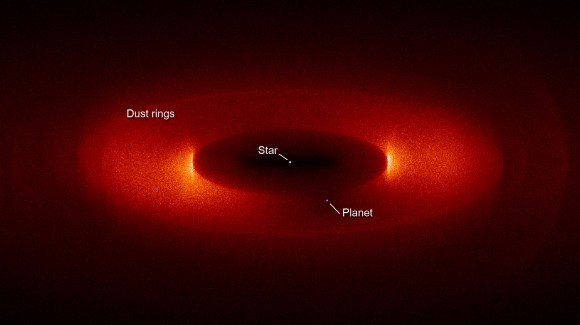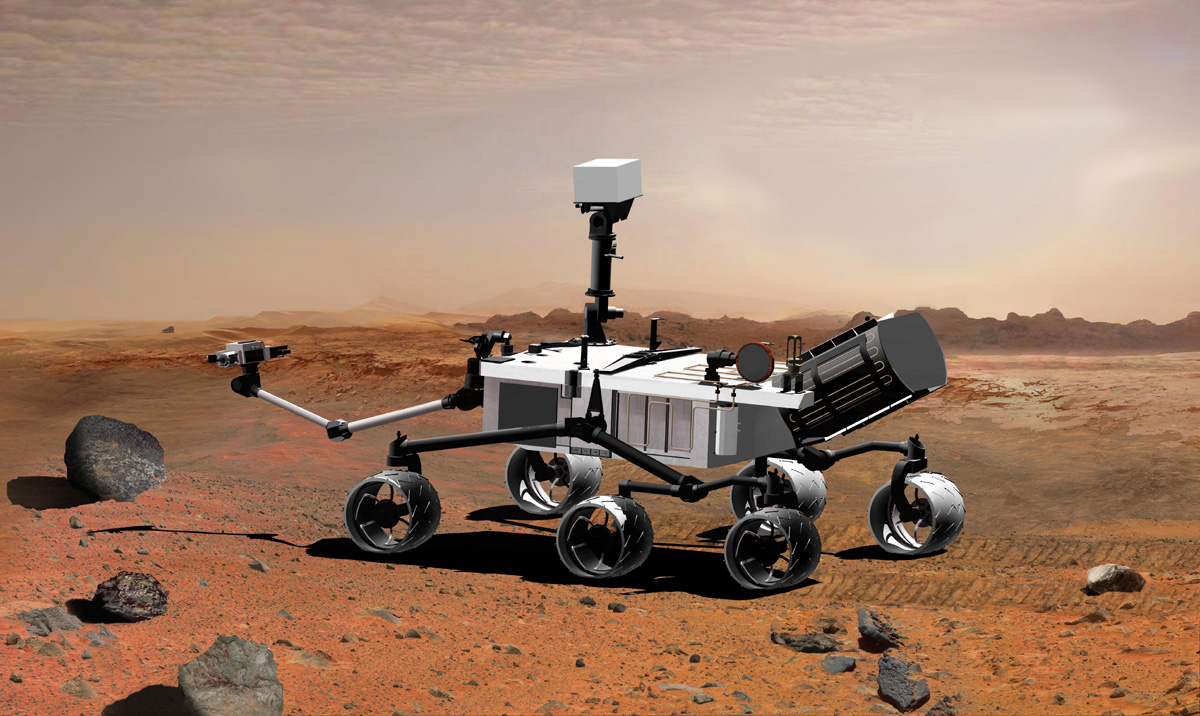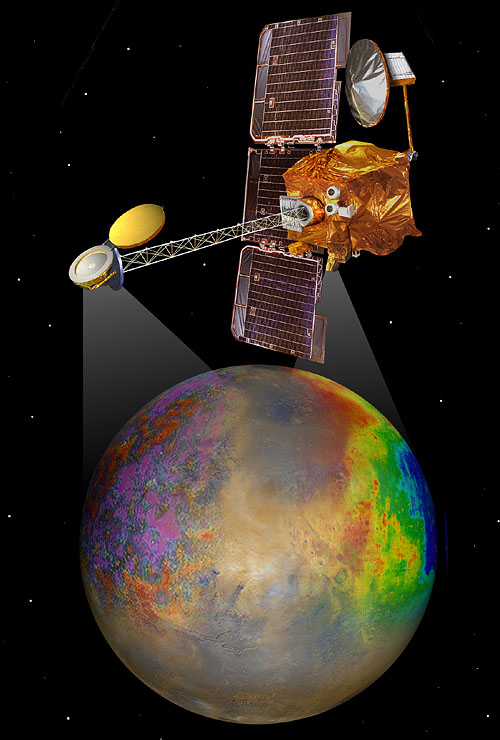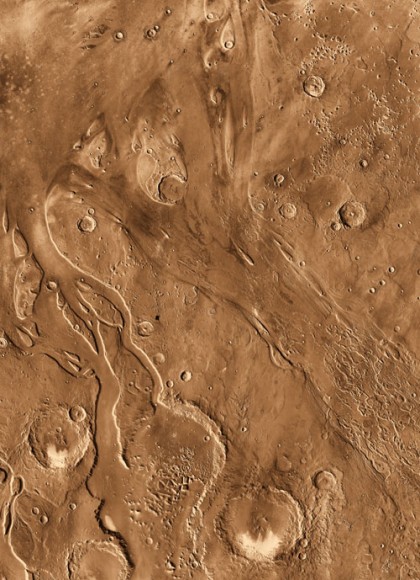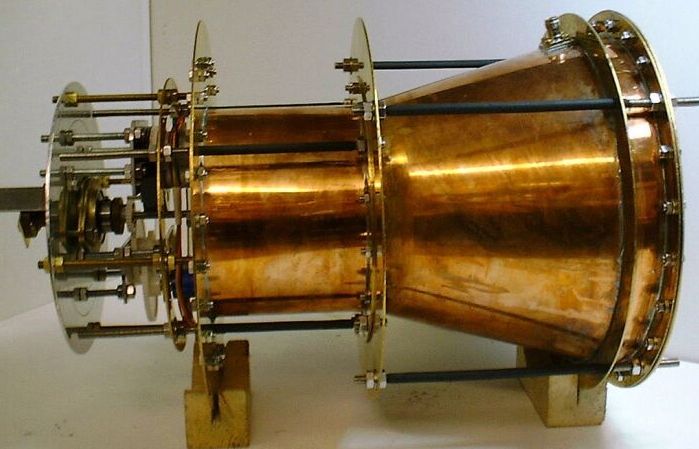[/caption]
The Mars Reconnaissance Orbiter has been circling Mars for over two years now, and has provided unprecedented views of the Red Planet with its HiRISE Camera. But did you also know that MRO is a weather-monitoring satellite, too? The Mars Climate Sounder instrument is examining the Martian atmosphere and has issued its first Mars weather report. “It has taken 20 years and three missions but we finally have an instrument in orbit that gives us a detailed view of the entire atmosphere of Mars and it is already giving us fresh insights into the Martian climate,” said Professor Fred Taylor of Oxford University. Within a paper issued by the Mars ‘weather team’ comes surprising news: during the freezing Martian winter the atmosphere above the planet’s South Pole is considerably warmer than predicted.
The team discovered that even in the depths of the Martian winter, when the planet’s South Pole is frozen and in total darkness, at an altitude of 30-80km the atmosphere is being heated to 180 Kelvin – that’s 10-20 Kelvin warmer than expected.
“Winter at the Martian South Pole is severe even by the standards of our Antarctic,” said Professor Taylor. “The Pole is shrouded in total darkness for many months and the carbon dioxide in the atmosphere freezes, creating blizzards and causing a thick layer of carbon dioxide ice to form across the surface. Yet what we’ve found is that 30 kilometers above the surface conditions are very different.”
The team, which also included Oxford physicists Dr Pat Irwin and Dr Simon Calcutt, believe that a vigorous circulation of the atmosphere – from the Martian equator to the Pole – is compressing the gas and causing the heating effect.
“It’s the same effect that warms the cylinder of a bicycle pump, or the pistons of a car engine, when you compress the gas inside,” said Taylor. “What we think we are observing is that the ‘engine’ of the Martian climate – this atmospheric circulation – is running as much as 50 per cent faster than our models predicted, resulting in this warming of the South Pole.”
These are just the first results from what the scientists hope will be many more years of study. In the long-term they hope to shed light on climate change on Mars, what controls it and what lessons can be drawn for climate change on Earth.
Studying the Martian climate helps us understand how a planet that was originally similar to Earth turned out so very different.
The team’s paper, ‘Intense polar temperature inversion in the middle atmosphere on Mars’, was published in Nature Geoscience on Oct. 12, 2008.
Source: Oxford University



